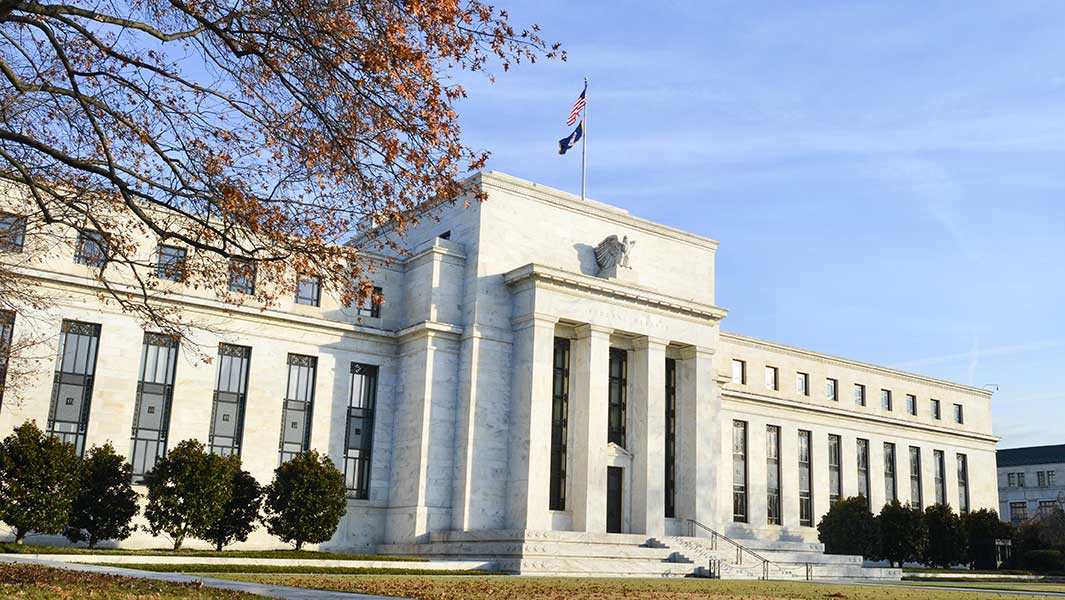The economic landscape often feels like a giant, complex puzzle, and right now, a couple of crucial pieces — slow retail sales and subdued job growth — are grabbing everyone’s attention. These aren’t just dry statistics; they’re vital signals about the health of the economy, and they land squarely on the desk of the Federal Reserve, prompting a fresh look at their strategy.
For months, the Fed has been on a determined path to cool inflation, largely through raising interest rates. The goal was to slow demand without tipping the economy into a deep recession. Now, as evidence of cooling emerges, the central bank faces a delicate balancing act, trying to decipher what these new trends mean for their next move.
The Shifting Sands of Consumer Behavior and Employment
Consumer spending is the lifeblood of many economies, and recent reports suggest it’s losing some of its vigor. Retail sales have shown signs of weakness, indicating that households might be tightening their belts, becoming more cautious with discretionary spending. This isn’t entirely unexpected given the cumulative effect of higher borrowing costs and persistent inflation chipping away at purchasing power.
Parallel to this, the job market, while still relatively robust by historical standards, isn’t growing with the same explosive force we saw post-pandemic. Job creation figures are moderating, and while unemployment remains low, the pace of new hires is clearly slowing. This combination of less enthusiastic consumers and a cooling, albeit not collapsing, labor market paints a picture of an economy losing some steam. The question for the Fed is whether this cooling is just right, or if it’s hinting at something more concerning.
“We’re seeing consumers get really selective with their spending,” remarks financial analyst Maya Sharma. “It puts the Fed in a tough spot, trying to avoid both a recession and a resurgence of inflationary pressures.“
The Fed’s Conundrum: Inflation Fight vs. Growth Support
The Federal Reserve operates under a dual mandate: achieving maximum employment and maintaining price stability. When inflation was running hot, the path was clear – hike rates. Now, with inflation showing signs of moderating and growth indicators weakening, the Fed’s decision-making becomes significantly more intricate.
What are the Potential Pathways?
- Holding Steady: One option is to maintain the current interest rate level, giving the economy time to absorb the previous rate hikes and see if inflation continues its downward trend without further intervention. This ‘wait and see’ approach carries the risk of either over-tightening (pushing the economy into an unnecessary downturn) or under-tightening (allowing inflation to re-accelerate if the weakness is temporary).
- Considering Rate Cuts: If the data on retail sales and job growth continues to soften significantly, pointing towards a substantial economic slowdown or even a recession, the Fed might be compelled to consider lowering interest rates. Rate cuts would aim to stimulate demand, encourage investment, and support job creation. However, this move would be fraught with the risk of prematurely abandoning the fight against inflation, potentially reigniting price pressures.
The Fed’s decisions are always data-dependent, and the incoming information on inflation, consumer confidence, wage growth, and global economic conditions will all play a critical role. The central bank must carefully weigh the risk of an economic downturn against the risk of inflation becoming entrenched. It’s a high-stakes poker game, where every data point is a card dealt, influencing the odds.
Ultimately, slow retail sales and weak job growth present a nuanced challenge for the Fed. They signify that the economy is reacting to tighter monetary policy, but also raise the specter of a broader slowdown. The Fed’s upcoming moves will be keenly watched, as they navigate this delicate balance to guide the economy towards a soft landing amidst conflicting signals.
*




